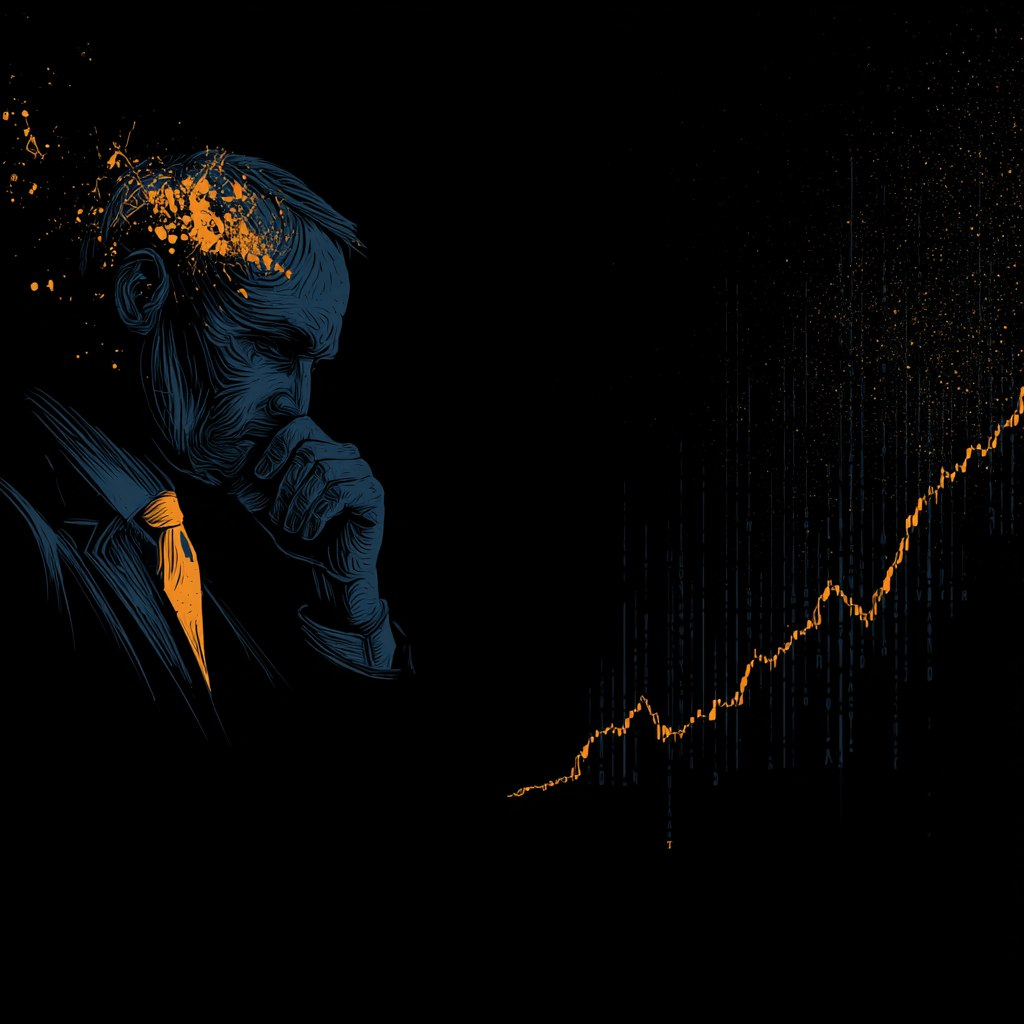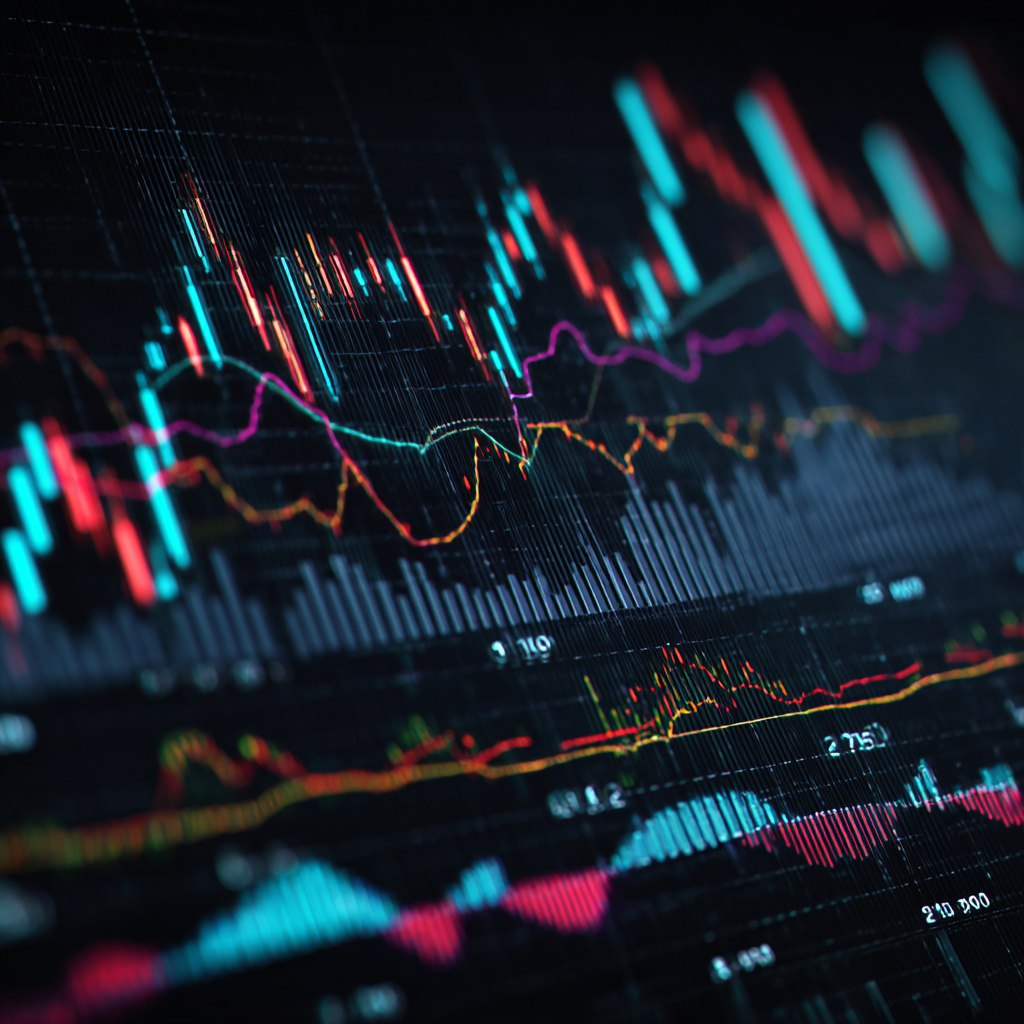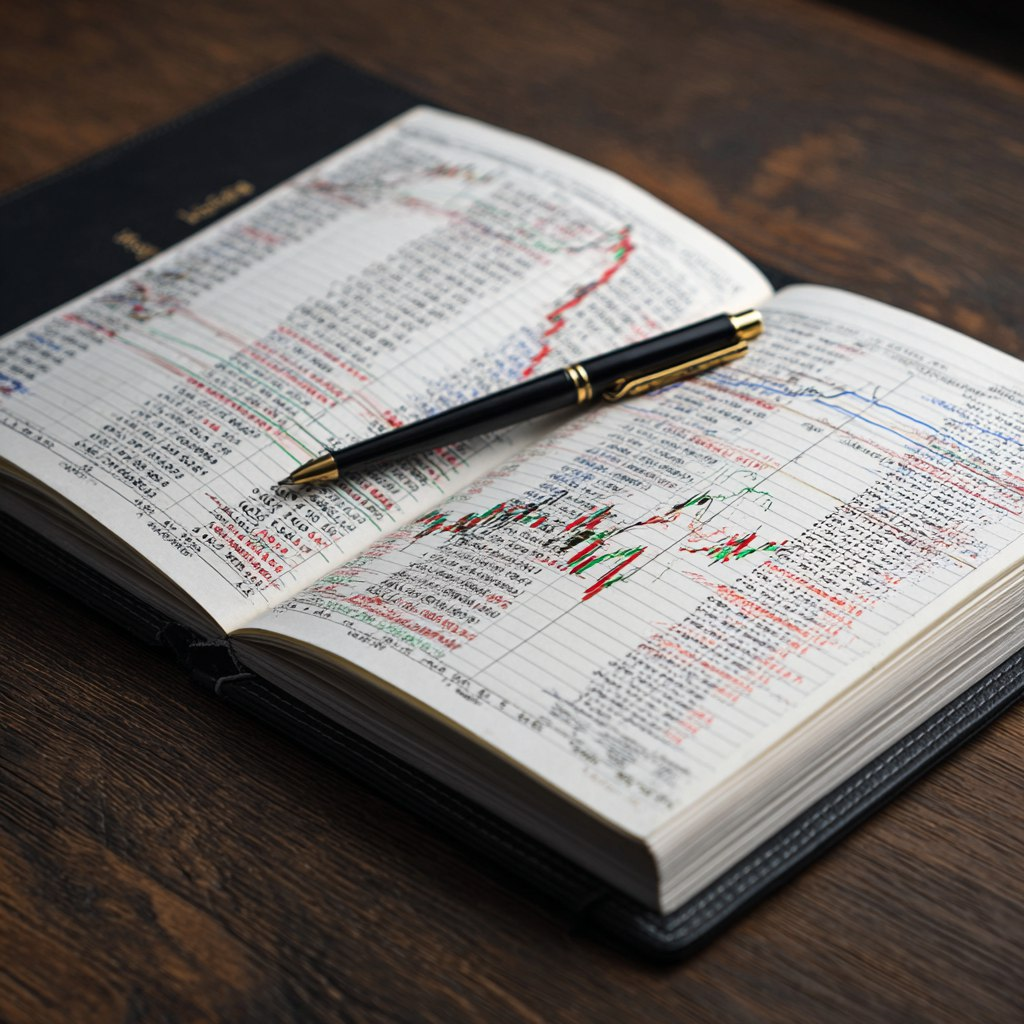Why Money Management and Risk Management Are Critically Important in Trading
Many beginners in binary options trading make the same mistake: they focus only on finding the “perfect” strategy while forgetting the most important thing — managing money and risks.
Even the most accurate strategy won’t save you if you can’t control your losses. In this article, we’ll explain what money management and risk management are, why they matter, and how they can help you avoid blowing your account.
What Is Money Management in Binary Options?
Money management is a set of rules for managing your trading capital. The main goal is to preserve your account and support steady growth by reducing the risk of large losses.
Example: You have $100. Without a plan, you might bet $50 on one trade. If you lose twice — your account is gone. With proper money management, you risk only 1–5% per trade. That’s $1–$5 from $100.
Key principles of money management:
- Never risk your entire balance on one trade
- Set daily loss limits (e.g., 10% of your balance)
- Take profits — avoid greed
What Is Risk Management and How Does It Relate to Money Management?
Risk management is a broader concept that includes:
- Analyzing trade success probability
- Evaluating the risk-to-reward ratio (e.g., risk $10 to make $10?)
- Protecting yourself from emotional decisions
Example: If your strategy wins 60% of the time and you risk 2% per trade with a 1:1 reward ratio, you’ll likely profit over time.
Risk management prevents bad days from wiping out weeks of gains.
Common Mistakes Traders Make Without Money and Risk Management
Doubling up after losses (Martingale)
This strategy seems logical — increase your next trade to recover past losses. But in reality, Martingale often leads to account wipeouts. A few consecutive losing trades can destroy your account, especially if it’s small. Plus, it causes emotional stress and leads to poor decisions.
No loss limits
Many traders skip setting daily or weekly loss limits. Instead, they try to “recover losses” and end up trading emotionally, doubling their stakes, and losing even more.
Loss limits help maintain discipline and prevent overtrading.
Emotional trading
Greed, fear, and revenge often take over without a solid system. For example, a trader loses money, gets angry, and places a trade based on emotion — not logic. Or after a few wins, they become overconfident and increase their risk — and lose everything.
Without money and risk management, trading becomes gambling.
How to Apply Money and Risk Management in Practice
Step-by-step guide:
- Define your total capital and risk per trade (e.g., 2%)
- Choose a trading strategy and test it (on demo if needed)
- Keep a trade journal: record entries, amounts, results, and emotions
- Set daily or weekly loss limits
- Only enter trades when you have a clear, confirmed signal
Trade size formula:
Trade Size = Account Balance × (Risk per Trade ÷ 100)
Example:
$100 × (2 ÷ 100) = $2 per trade
Conclusion
Money management and risk management aren’t boring rules — they’re your lifeline. Without them, even experienced traders can blow their account. With them, you can trade steadily, confidently, and with less stress.
Don’t search for the “magic strategy” before you’ve built a system to manage your capital and risks. That’s the real foundation of successful trading.
Frequently Asked Questions (FAQ)
Can I trade without money management?
You can — but not for long. Most traders without it end up losing their deposit.
What’s the optimal risk per trade?
1–2% of your account is considered a safe range for long-term trading.
Does money management work with aggressive strategies?
Yes — but discipline and clear limits are even more important in that case.



 ru
ru 

